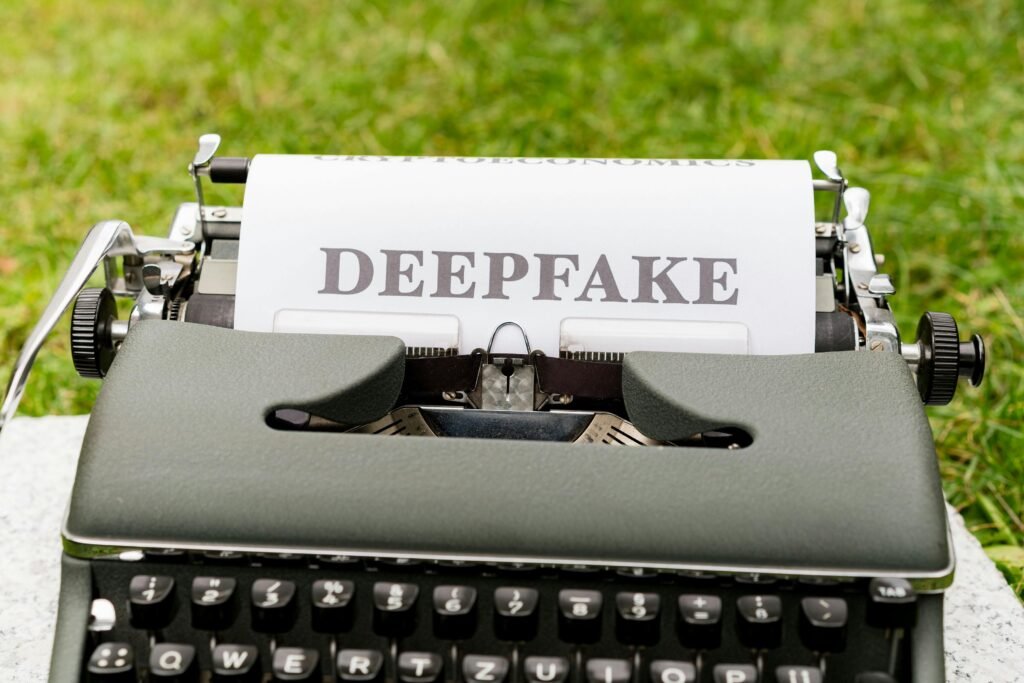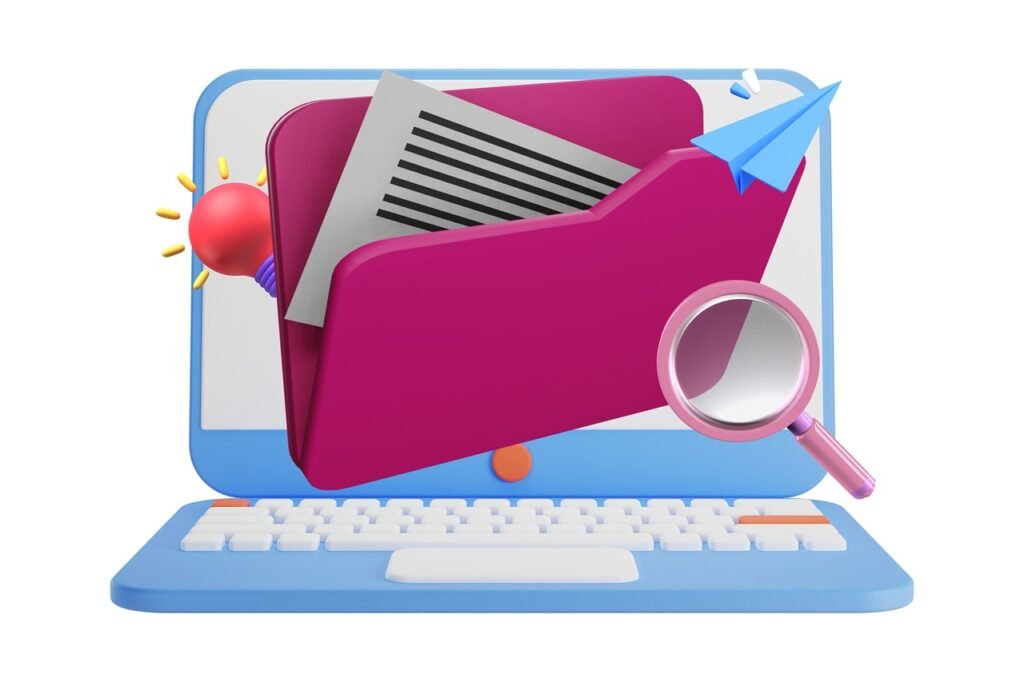“The greatest danger in times of turbulence is not the turbulence itself, but to act with yesterday’s logic.” —Peter F. Drucker
This quote couldn’t be more relevant when discussing deepfake technology. While artificial intelligence (AI) has brought groundbreaking advancements—like the advanced AI model unveiled by a Chinese tech giant amid its TikTok battle (ABC News, 2025 )1—it has also introduced new risks. One such risk is the alarming rise of deepfakes, synthetic media created using AI to manipulate or fabricate audio, video, or images. These tools are no longer confined to research labs; they’re now accessible to anyone with an internet connection.
Recently, Channel 4 faced backlash for potentially violating the Sexual Offences Act with a deepfake video of Scarlett Johansson (The Guardian, 2025 )2. This incident underscores how deepfakes can blur legal and ethical boundaries, leaving victims vulnerable and society at risk. The deepfake issue has become more serious nowadays, and governments must collaborate with industry experts to develop laws that protect innocent victims. Without action, the consequences could be catastrophic.

Enjoy listening to this article as a podcast during your commute by clicking [here].
🔑 Key Takeaways 🗝️
- Deepfake technology is becoming increasingly accessible, enabling malicious actors to exploit it. 🚀
- Current laws struggle to address deepfake-related crimes effectively. ⚖️
- Personal rights and reputations are under threat due to false portrayals in deepfake content. 👤
- Deepfakes contribute to misinformation, eroding public trust and societal stability. 🌍
- Encouraging ethical AI practices can mitigate risks while fostering responsible innovation. 💡
1. Rising Prevalence of Deepfake Technology 🚀
Deepfake technology has grown exponentially in recent years. What once required specialized expertise and expensive equipment is now available through free apps and online platforms. For example, tools like Reface and DeepFaceLab allow users to create convincing deepfakes with minimal effort. A Chinese tech giant recently unveiled an advanced AI model capable of generating hyper-realistic videos, further accelerating this trend (ABC News, 2023 ).
Why This Matters
The accessibility of deepfake tools means they can be used for both positive and harmful purposes. While some creators use them for entertainment or satire, others exploit them for malicious intent. Non-consensual pornography accounts for a significant portion of deepfake content, disproportionately targeting women and marginalized groups.
Actionable Insight
- Advocate for stricter regulations around AI-powered editing tools.
- Educate communities about recognizing signs of manipulated media.
2. Legal Gaps in Addressing Deepfake Crimes ⚖️
Existing legal frameworks were designed before AI-driven technologies became mainstream. As a result, they often fail to cover offenses related to deepfakes. For instance, Channel 4’s controversial deepfake video featuring Scarlett Johansson raised questions about whether existing legislation, such as the Sexual Offences Act, applies to synthetic media (The Guardian, 2025 ).
Why This Matters
Without clear legal definitions and penalties, prosecuting offenders becomes challenging. Victims may find themselves without recourse, leaving them vulnerable to further abuse. Additionally, inconsistent enforcement across jurisdictions complicates international cooperation against cross-border crimes.
Actionable Insight
- Push for amendments to existing laws to include provisions specific to deepfakes.
- Establish global standards through organizations like the United Nations or INTERPOL.
3. Protection of Personal Rights and Reputation 👤
Imagine waking up one morning to discover a viral video falsely depicting you committing a crime—or worse, engaging in explicit acts. This nightmare scenario isn’t hypothetical; it happens daily to unsuspecting victims worldwide. Deepfakes strip away personal agency, tarnishing reputations and causing emotional distress.
Why This Matters
Victims face immense challenges reclaiming their dignity. Even after debunking the fake content, the damage lingers. Employers, friends, and family might still harbor doubts, impacting relationships and career prospects. Moreover, marginalized groups are disproportionately affected, exacerbating existing inequalities.
Actionable Insight
- Support initiatives offering psychological counseling and legal aid to victims.
- Promote awareness campaigns highlighting the dangers of sharing unverified content.
4. Preventing Misinformation and Societal Harm 🌍
Deepfakes aren’t just personal attacks—they’re weapons of mass deception. Political figures, corporations, and nations can all fall prey to fabricated narratives designed to sway opinions or destabilize economies. During elections, for instance, manipulated speeches or interviews could undermine democracy itself.
Why This Matters
Public trust erodes when people can’t distinguish truth from fiction. Over time, skepticism breeds apathy, discouraging civic engagement. Furthermore, governments may exploit fears surrounding deepfakes to justify censorship, infringing upon freedom of speech.
Actionable Insight
- Invest in AI detection systems capable of identifying deepfakes quickly.
- Foster media literacy programs teaching critical thinking and source verification.
5. Encouraging Ethical Use of AI Technologies 💡
While regulation is essential, stifling innovation isn’t the answer. Instead, governments should partner with tech companies and researchers to promote responsible AI development. By setting ethical guidelines, stakeholders can ensure that cutting-edge tools serve humanity rather than harm it.
Why This Matters
Ethics-driven innovation fosters trust between creators and consumers. When developers prioritize transparency and accountability, users feel safer adopting new technologies. Plus, ethical frameworks encourage collaboration, accelerating progress toward solving real-world problems.
Actionable Insight
- Create incentives for startups developing anti-deepfake solutions.
- Host conferences bringing together policymakers, ethicists, and technologists.
💡 Actionable Insights ✅
- Advocate for stronger laws addressing deepfake-related offenses.
- Educate the public on identifying and reporting manipulated media.
- Support victims through legal assistance and mental health resources.
- Develop AI-powered detection tools to combat misinformation.
- Promote ethical AI practices via collaborative efforts among stakeholders.
🌟 Conclusion ✨
Deepfakes represent both an opportunity and a challenge. On one hand, they showcase the incredible potential of AI; on the other, they expose vulnerabilities ripe for exploitation. To protect innocent victims and preserve societal integrity, governments must act swiftly. Collaborating with industry experts will pave the way for comprehensive legislation balancing security with innovation.
Let’s work together to shape a future where technology empowers rather than endangers. Because when it comes to deepfakes, prevention truly is better than cure.
What steps do you think governments should take to address the deepfake crisis? Share your thoughts in the comments below! 🙋♂️🙋♀️
Stay updated on the latest trends in AI ethics by subscribing to our newsletter 📧 or following our blog for more insights 🔍.
How can we balance innovation with regulation in the age of AI? Let’s discuss! 💭
- ABC News. (2025, February 8). Chinese tech giant quietly unveils advanced AI model amid battle over TikTok. Retrieved from https://abcnews.go.com/US/chinese-tech-giant-quietly-unveils-advanced-ai-model/story?id=118572557 ↩︎
- The Guardian. (2025, January 31). Channel 4 may have violated Sexual Offences Act with deepfake video of Scarlett Johansson. Retrieved from https://www.theguardian.com/tv-and-radio/2025/jan/31/channel-4-may-have-violated-sexual-offences-act-with-deepfake-video-of-scarlett-johansson ↩︎


